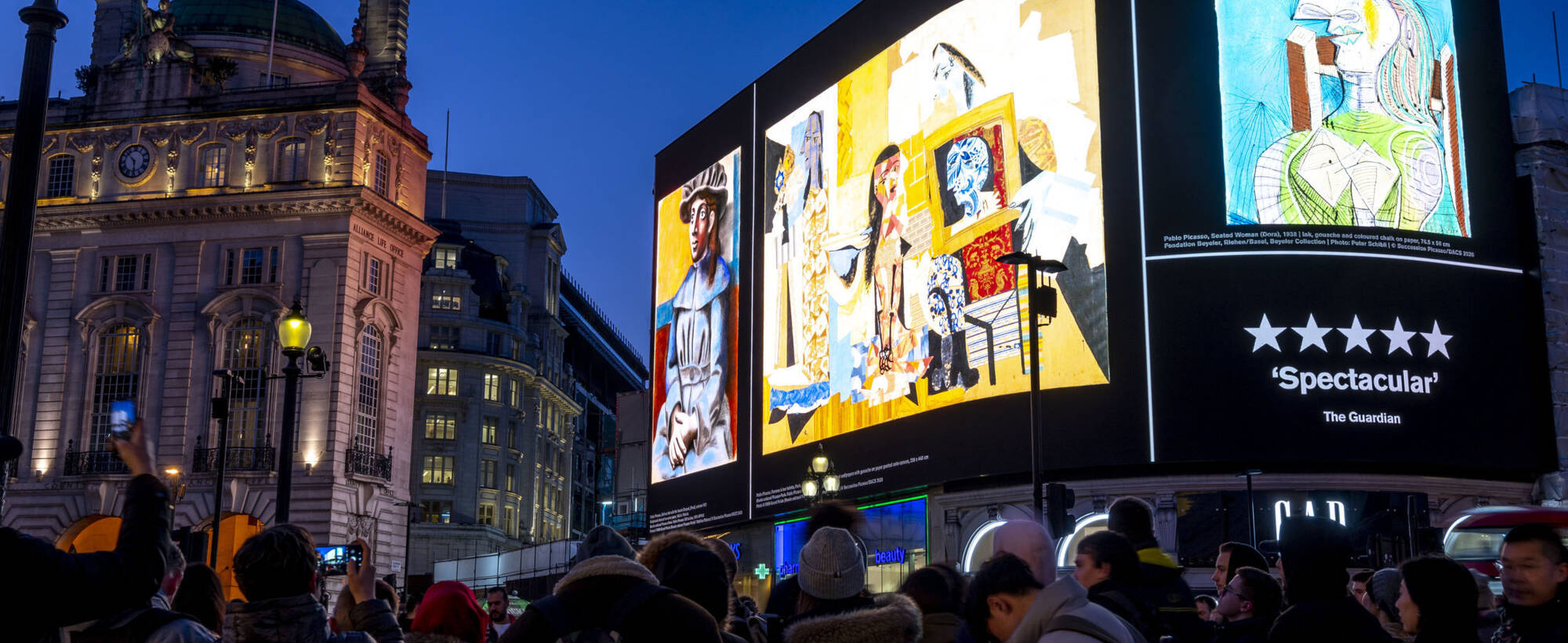Image credit: Turkish Horse, Left Leg Raised, c. 1850,
Antoine-Louis Barye, (French, 1795-1875)
The horse remains an enduring symbol of power, hope and renewal in sculpture.
Spanning 200 years, the spring exhibition at The Sladmore Gallery affords an opportunity to see how sculptural depictions of the horse have evolved - from the masters of the 19th century to contemporary sculptors practising today.
A symbol of eternal interest to sculptors, embodying notions of nobility, freedom and vitality – its complex anatomy and sophisticated movement pose a challenge to sculptors. Integral to transport, farming, hunting, production and recreation, depictions of the horse tell our history as well as serving as artworks.
Running from 21st April – 14th May 2021, pop-in to the gallery for free and get ready to explore equine anatomy in all its splendour in the heart of London’s West End.
Learn more online.
Image credit from left to right: Thoroughbred Horse Walking, 1865-1881, Edgar Degas (French, 1834 - 1917); Draught Horse, Nichola Theakston (British, contemporary), Bronze, edition of 12.
Highlights of the exhibition include:
Degas’ ‘Thoroughbred Horse Walking’ is one of his most famous and popular subjects of his career, surpassed only by his dancers; Nic Fiddian Green’s sculptures are familiar in both city and rural landscapes - a carving in lapis of his signature ‘horse at water’ sculpture, as seen in monumental scale at Marble Arch, London; Rembrandt Bugatti’s rare Percheron Stallion, which has been displayed in museums around the world; visitors to the UK’s most famous race course Ascot, will recognise the works of Mark Coreth and Charlie Langton; Nicola Theakston ‘Draught Horse’ showing the contemporary drama of a heavy horse, contrasting in style with the famous American Artist Herbert Haseltine’s interpretation.
We are delighted that these sculptures can be viewed in person from the 21st April 2021.
Artists featured include:
Antoine Louis Barye, Rembrandt Bugatti, Isidore-Jules Bonheur, Arthur Comte du Passage, Mark Coreth, Edgar Degas, Sophie Dickens, Nic Fiddian Green, Christophe Fratin, Herbert Haseltine, Emmanuel Fremiet, Charlie Langton, Ernest Meissonier, Pierre-Jules Mene, Joseph Franz Pallenberg and Walter Roche.



